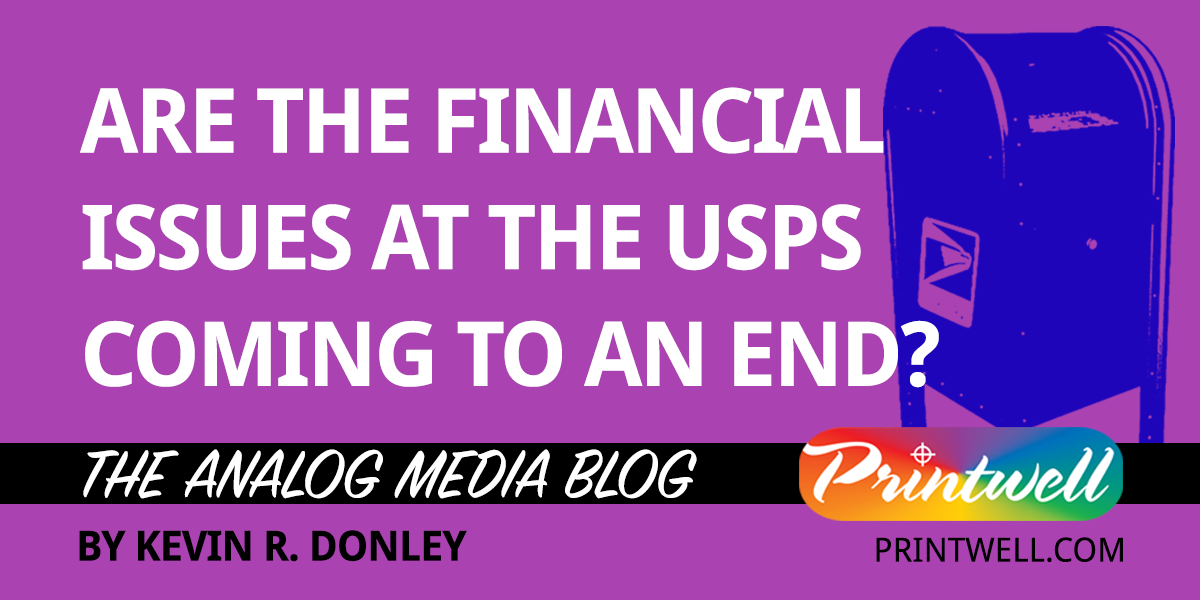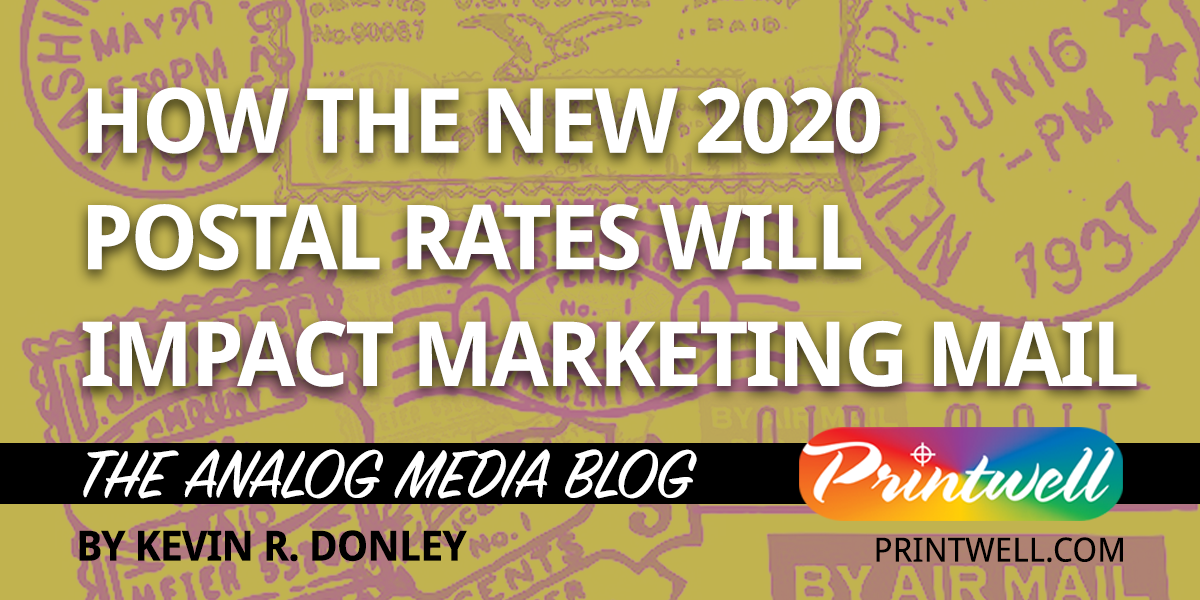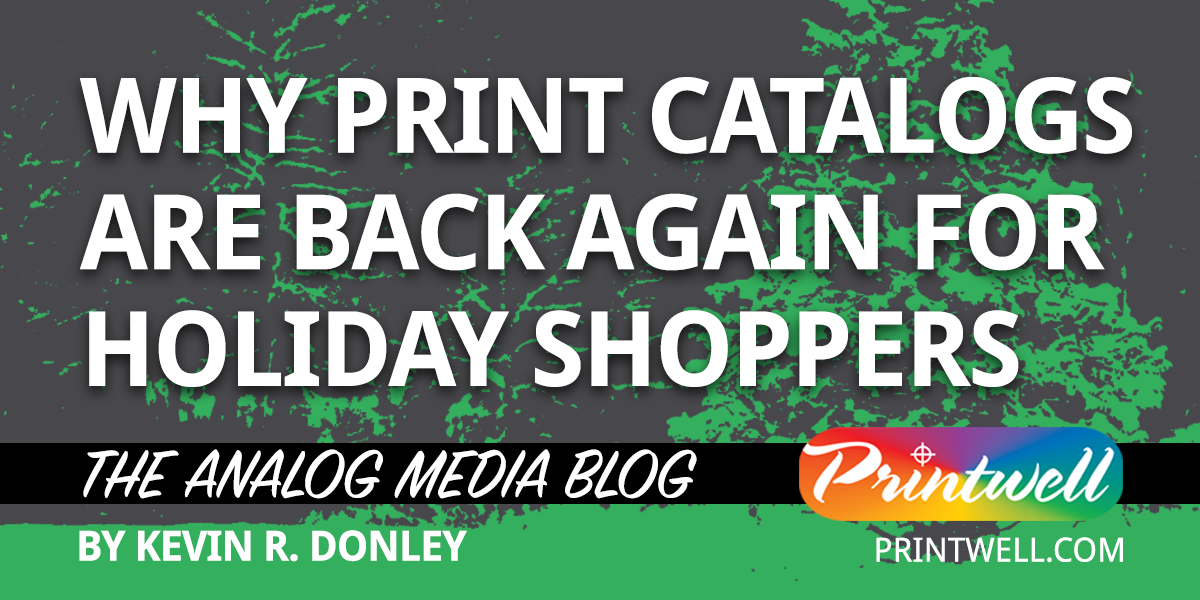I recently had an interesting exchange on social media with a digital marketing expert about the value of print today.
I had shared a link to an article about the emotional impact on customers of print marketing. The author of this article pointed out that the tactile qualities of print—especially when combined with personalized messaging—leaves a lasting impression. Additionally, the author wrote that “print can trump digital” due to its unique multi-sensory ability to trigger emotions.
My social media commenter took issue with the idea that print was in any way valuable to marketers today. He argued that “Numbers don’t lie and they clearly indicate print is dying and consumers are rapidly moving to streaming, social and mobile to consume content.”
With so much investment and business energy riding on digital media, I certainly understand this viewpoint. Like everyone else, I am a consumer of streaming and social content and appreciate its value.
Additionally, as a form of marketing and communications media, print has been altered and forced to adapt in an environment where online and mobile are on the rise.
However, it is incorrect to say that “print is dying.” Far from it, in many respects, print is thriving. The fact is that, as a content delivery choice, print can do things that none of the other media can do. This is the enduring value of ink-on-paper.
When radio and TV arrived, print did not die, it adapted. The same applies today. Print is proving its value every day for marketers and advertisers who understand this.
Here are four reasons why print is unique and should be included in any marketing plan:
- Print media is excellent at building brand and product awareness. With great graphic design, print makes an immediate connection with customers and reinforces the marketing messages available from other media. Through the dimensional attributes of ink-on-paper such as folding, die-cutting and textures, print becomes a very effective presenter and communicator of product features and benefits.
- Print leads customers to websites where, in most cases, a final buying decision can be made. When purchasing must be done at a retail or dealer location, print effectively encourages customers to “kick the tires” and demo equipment in person before buying. Print also reduces returns and unsatisfied customers by supporting buying decisions that are well planned and have been given proper thought.
- Print is tangible. The arrival of a print marketing piece or catalog in the mailbox is much harder to dismiss than online ads or email marketing messages. We are bombarded with digital messages all day long and rarely, if ever, go back to take a second look at what we saw. This is not the case with printed material. If the print contains a message that we think it valuable, we hang on to the tangible item and go back to it as we think over our buying decision.
- Print is authentic and credible. It is true that, compared with the cost of most digital marketing options, print is more expensive. Buying the paper, ink, printing press and finishing operations, postage and shipping of print media also takes time to get to the consumer. However, as a trade off for these attributes, print is perceived by the public as more genuine and legitimate than digital alternatives.
It is worth noting that companies that were born in the age of e-commerce and digital streaming, such as Amazon and Netflix, are embracing print catalogs and magazines as part of their communications and marketing strategy. It is apparent that even digital-first corporations agree with us that print is neither dead nor dying but is a valuable means of reaching their tens of millions of customers.


